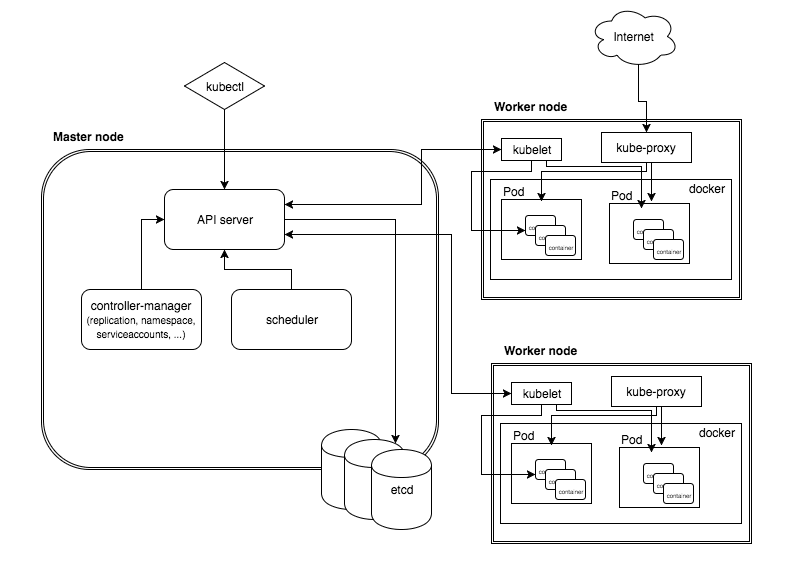
This doesn’t mean they’re always the best approach, though – in some situations, it can make sense to split up connections, such as when different files require unique security characteristics or are intended for specific situations. These advantages mean a single Kubeconfig file is often the most effective option for Kubernetes developers and administrators. CURRENT NAME CLUSTER AUTHINFO NAMESPACE minikube minikube minikube sandbox sandbox kenichi-shibatatest. When you use a single file, you can view all your clusters in one location. Ever forgotten which clusters you have access to, or misplaced an important Kubeconfig file? This is a common problem for admins working with multiple clusters, where Kubeconfigs can become scattered across your storage drives. You can easily inspect the file to view the complete list of clusters you’ve used.You don’t have to repeat the –kubeconfig flag with every command, or restore the value of KUBECONFIG after you reopen your terminal window. Kubeconfig contexts you select within Kubectl are automatically persisted until you make another change.



One file can contain all your clusters and users.Here are some of the benefits you’ll gain: Note: The default location that kubectl uses for the kubeconfig file is /. This is useful when Skaffold runs insideĪ kubernetes Pod and should deploy to the same cluster.Switching to a single Kubeconfig file lets you more efficiently organize your Kubernetes cluster access. Paste the contents into a new file on your local computer. If neither -kubeconfig or -kube-context are given and no kubeconfig file is found, Skaffold will try to guess an in-clusterĬonfiguration using the secrets stored in /var/run/secrets/kubernetes.io/serviceaccount/.If $KUBECONFIG environment variable is set, then it is used as a list of paths (normal path delimiting rules for your system).If the -kubeconfig flag is set, then only that file is loaded.The kubeconfig file is only loaded once during Skaffold’s startup phase. To pick up the changes to kubeContext, you will need to quit and re-run skaffold dev. It is not possible to change the kube-context of a running skaffold dev session. So the following example is valid skaffold run -kube-context minikube -p profile-1,profile-2 Limitations It is possible to activate conflicting profiles in conjunction with the CLI flag.
For example, if your cluster version is 1.25, you can use kubectl version 1.24, 1.25, or 1.26 with it. Bn c th dng mt alias cho kubectl cng hot ng vi completion: alias kkubectl complete -F startkubectl k ZSH source <(kubectl completion zsh) thit lp autocomplete trong zsh vo shell hin ti echo 'if commandskubectl then source < (kubectl completion zsh) fi' > /.The version can be the same as or up to one minor version earlier or later than the Kubernetes version of your cluster.



 0 kommentar(er)
0 kommentar(er)
